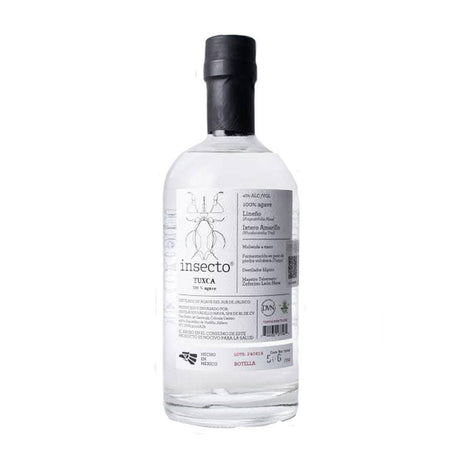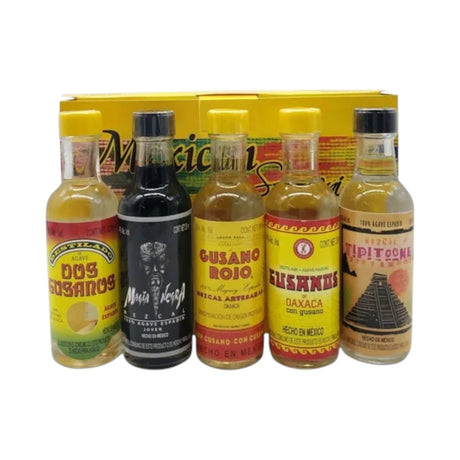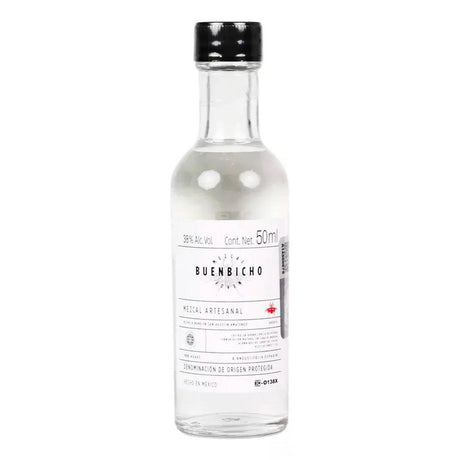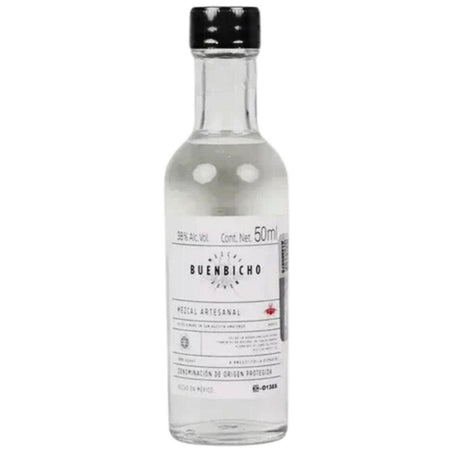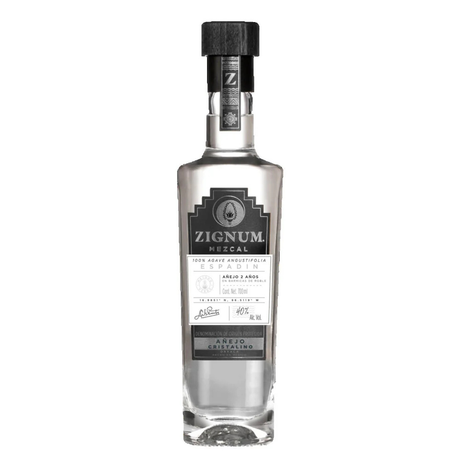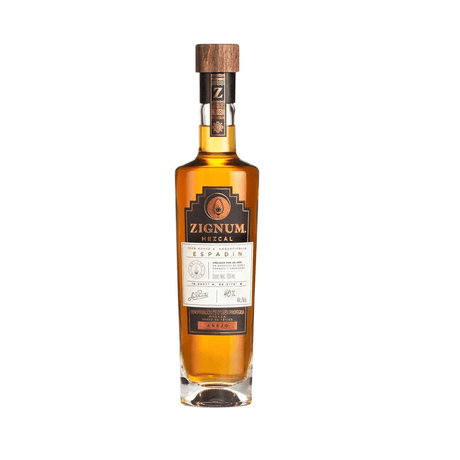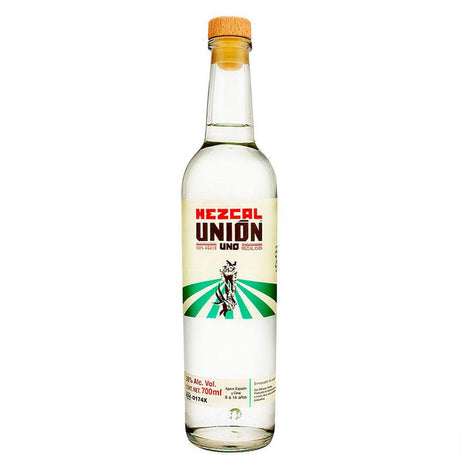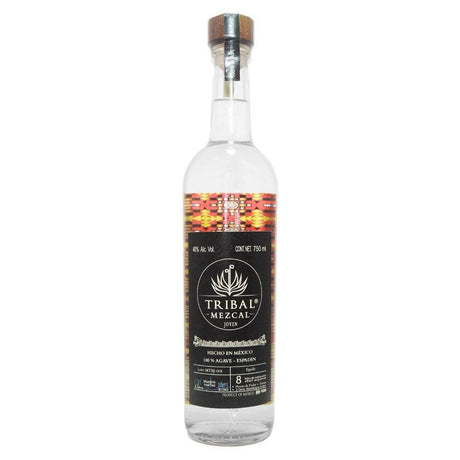Mezcal is no longer a secret reserved for the most discerning palates. In recent years, this ancient beverage has gained international traction as one of the most authentic and sophisticated spirits . From its ancient history to its current boom in mixology and export, mezcal represents a piece of the Mexican soul that is conquering the world, and here we tell you its story .
The origin of mezcal dates back to pre-Hispanic times, when indigenous cultures were already cooking agave in underground ovens. Its name comes from the Nahuatl word mexcalli , which means " cooked maguey ." Although for centuries it was considered a rustic beverage, today it is recognized for its artisanal quality, diverse flavors, and traditional process.
Unlike tequila (which can only be produced with blue agave), mezcal can be made with more than 30 agave varieties , giving it a unique aromatic complexity .
Growing trend: the rise of mezcal in figures
-
According to data from the Mezcal Regulatory Council (CRM) , more than 6 million liters of mezcal were exported in 2023 , an increase of 25% compared to the previous year.
-
More than 70% of exports go to the United States, followed by Canada, Spain, and Germany.
-
Mezcal has been adopted by signature cocktails as a base for sophisticated and creative drinks, standing out for its deep, smoky flavor .
Which mezcal to choose?
The offer is as wide as it is diverse. Here are some recommendations available at Mezcal – Vinosylicores.com :
-
Mezcal Bruxo No 1 Espadin – authentic and vibrant, made with Espadín agave , ideal for mezcal lovers looking for a traditional experience.
-
Mezcal Joven 100% Montelobos Ensamble – Organic, artisanal, and with herbal notes, perfect for cocktails or on its own.
-
Mezcal 400 Conejos Cristalino – One of the most popular for its smoothness and accessible flavor, ideal for those new to the world of mezcal.
We share some tips for pairing your mezcal with aged cheese , dark chocolate , moles, or grilled meats for a complete sensorial experience. It's also ideal for cocktails like the Mezcal Mule or Smoky Paloma.
The making of mezcal is a testament to patience
For cultivated varieties, like the famous Espadín Agave you see in so many fields, it takes between 7 and 10 years for them to mature perfectly. But things get even more interesting with wild agaves. These jewels of nature can take 15, 20, or even more than 30 years to reach their ideal ripeness, depending on the species and its habitat.
Herein lies one of the greatest differences you'll experience on your palate. Wild agaves , growing without human intervention in their natural environment, absorb the characteristics of the soil (the famous " terroir "), rain, and sun over decades. This gives them more complex, intense, and often unique flavor profiles.
So the next time you enjoy a mezcal, think about the decade (or more) that plant has been waiting, and whether it was harvested or growing freely in the wild. A true work of botanical art !
Discover the best artisanal mezcals at Mezcal – Vinosylicores.com
Cheers to the past, present, and future of mezcal!

